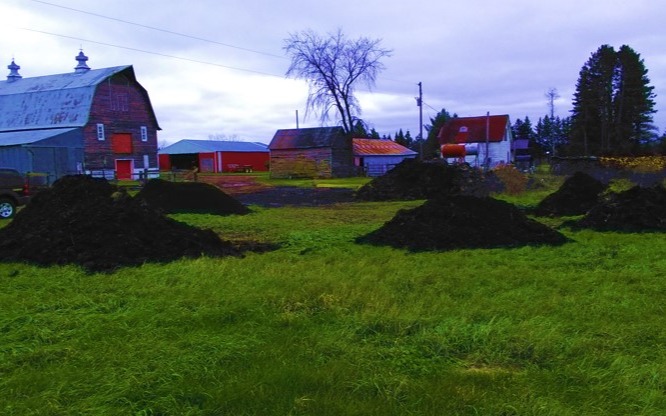Is Steel Framing a Good Environmental Choice?
Suppose that in designing a residential home, you have an objective of minimizing environmental impacts. Once decisions are made regarding house size and orientation on the site (both factors that have a significant impact on energy consumption and overall environmental impact over the life of the structure), one of the first issues to be resolved is selection of framing materials. A question that may arise is: Is it more environmentally responsible to use steel framing instead of wood framing?
A potential source of information for answering this question could be one of the Green Building Programs that offer information and guidance for making material choices. Virtually all such programs identify materials containing recycled content as environmentally preferable, and high percentages of post-consumer recycled content are viewed as even more preferable. Wood products that are third party certified as responsibly produced are also given preference in many green building programs.
Assume then, that as an environmentally conscious home builder or home buyer you have identified your framing options as either steel studs that contain more than 10 percent recycled content, or FSC1 certified lumber. Using the checklists that characterize most green building programs today, and based on the fact that the steel contains recycled content and that the lumber is FSC certified, the two options would appear to be environmentally equivalent. In some green building programs the dilemma is resolved when the recycled content of the steel is above a 10 percent threshold, because then the steel framing is awarded an extra green point. In this case, an environmentally conscious consumer or a builder trying to follow the green building program would be led to select the steel framing – based solely on recycled content.
A bit more investigation, however, reveals substantial environmental differences between steel and wood framing systems. These differences raise serious questions about steel construction as an environmental strategy and challenge the appropriateness of incentives for steel products use that exist in many green building programs. Such differences point to the need for clear, informed thinking in materials selection, and highlight the dangers of using simplistic guidelines to define environmentally preferable products.
- Lead AuthorBowyer
- DateApril 2007
- CategoryBuilding, Environmental
- Project FileDownload


.jpg)



.png)